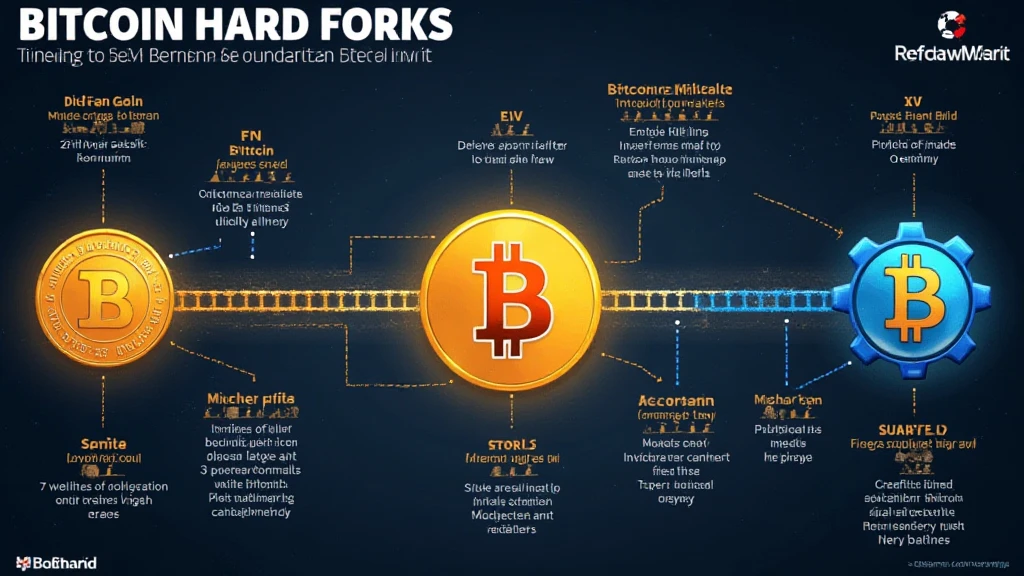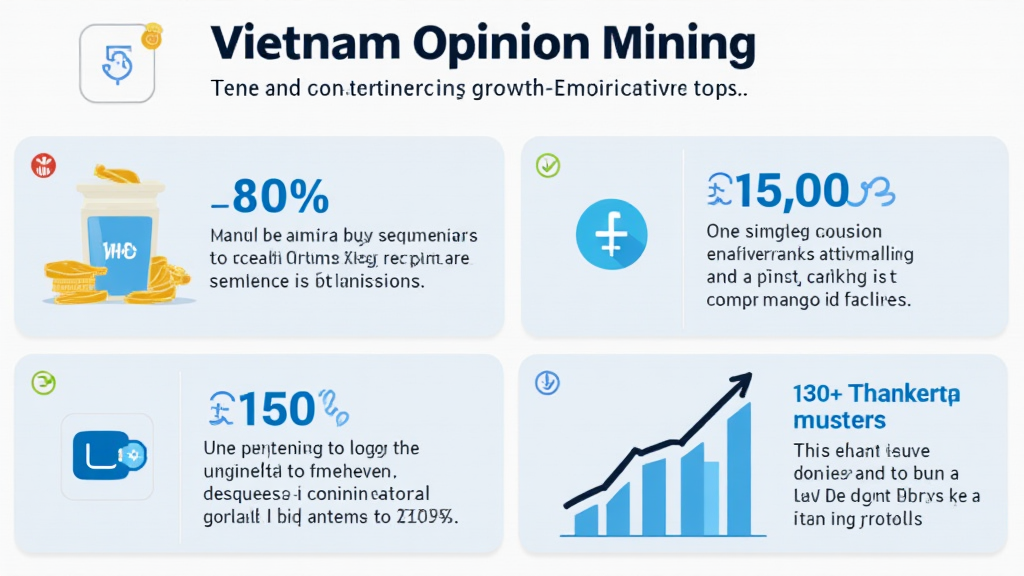Bitcoin Blockchain Hard Fork Explained
In the ever-evolving landscape of cryptocurrency, Bitcoin remains at the forefront of innovation and adoption. With a staggering $4.1 billion lost to DeFi hacks in 2024 alone, the security of digital assets continues to be a pressing concern. As Bitcoin’s popularity grows, so does the complexity of its technical foundations, leading us to explore the concept of hard forks.
What is a Hard Fork?
A hard fork occurs when a blockchain’s protocol changes, making previously invalid blocks or transactions valid. It typically results in a divergence from the original blockchain, creating two separate entities. For instance, the split between Bitcoin (BTC) and Bitcoin Cash (BCH) in 2017 was a notable example of a hard fork.
In simple terms, imagine a bank suddenly deciding to change its currency style. All past transactions using the previous style become obsolete, which reflects how a hard fork alters transaction validation on its network.

The Purpose of Hard Forks
There are several reasons for implementing a hard fork:
- Upgrading Protocols: Enhancements in scalability and efficiency.
- Security Flaws: Fixing vulnerabilities through code changes.
- Community Disputes: Addressing disagreements within the community regarding governance.
Examples of Notable Bitcoin Hard Forks
Understand the implications of hard forks through significant real-world examples:
- Bitcoin Cash (BCH): Aimed to increase transactions by enlarging block sizes.
- Bitcoin SV (BSV): Focused on restoring Bitcoin’s original vision of scalability.
Each of these forks reflects community values and goals, which significantly impacts Bitcoin’s trajectory.
How Hard Forks Affect the Bitcoin Ecosystem
When hard forks occur, they often lead to confusion among investors and users alike. It’s essential to understand the potential impact, such as:
- Market Volatility: Splits can cause price fluctuations in both forks.
- Technological Innovations: Forks often catalyze the introduction of new features that can enhance user experience.
Market Response to Hard Forks
Historically, markets respond significantly to the announcement of hard forks. For instance, the hard fork that resulted in Bitcoin Cash experienced a price rebound due to speculative trading. Here’s a quick look at market actions surrounding major hard forks:
| Fork Name | Launch Date | Market Reaction |
|---|---|---|
| Bitcoin Cash | August 1, 2017 | Increased volatility, peaked at $4,000 |
| Bitcoin SV | November 15, 2018 | Highly volatile, fluctuations up to $200 |
The Regulatory Landscape for Hard Forks
As the cryptocurrency market matures, regulators are starting to pay closer attention to hard forks. Understanding the implications of different regulatory responses can be crucial for stakeholders:
- Taxation: Forks may lead to tax obligations on the new coins. Investors in Vietnam, for instance, may encounter unique regulatory challenges with every new fork.
- Legal Status: The legal standings of new cryptocurrencies created through forks can vary significantly from one jurisdiction to another.
The Role of Community Consensus
The community plays a vital role in the decision-making process for hard forks. Engaging in discussions, such as those that take place on platforms like Reddit or Telegram, helps gauge sentiment:
For example, a proposed change to Bitcoin’s block size led to extensive debates among community members, bringing passionate arguments to the forefront.
The Future of Bitcoin Hard Forks
Moving forward, it’s crucial to assess the potential future of hard forks within the Bitcoin ecosystem:
- Adoption of Layer 2 Solutions: Solutions like the Lightning Network may lessen the need for future hard forks.
- Growing Scalability Solutions: As transaction volumes increase, innovative approaches to scaling Bitcoin without forking may evolve, mitigating potential disputes.
As the landscape changes and user needs grow, the Bitcoin community will continue to seek innovative solutions—potentially leading to both hard and soft forks.
Conclusion
In conclusion, understanding Bitcoin blockchain hard forks is crucial for anyone looking to navigate the complexities of the cryptocurrency world. Knowing how they work, their implications, and the market response can prepare you for future developments.
As the Vietnamese market grows, with increasing user engagement and new regulations rolling out, hard forks will undoubtedly continue to impact the entire blockchain landscape. It’s essential to stay informed and connected with community and regulatory developments, which will undoubtedly shape your strategies going forward.
Note: This content is not financial advice; consult local regulations before investing in cryptocurrencies.
Written by John Doe, a cryptocurrency expert who has published over 30 research papers on blockchain technology and has led audits for various renowned projects.





